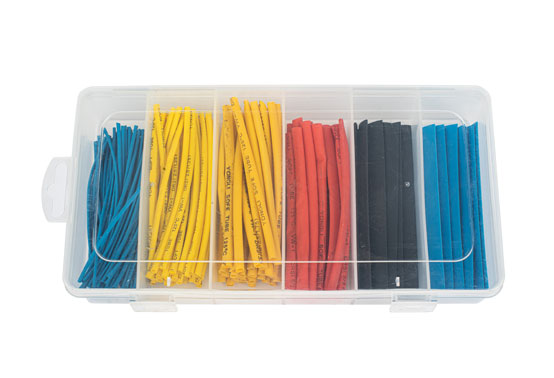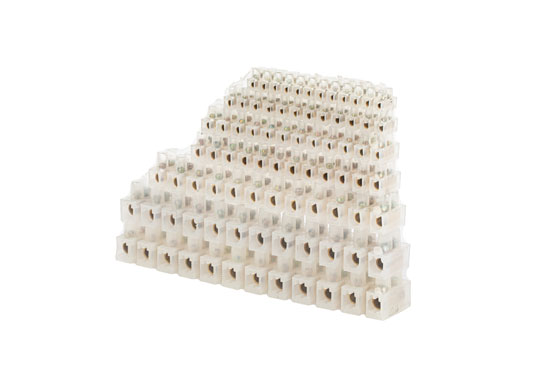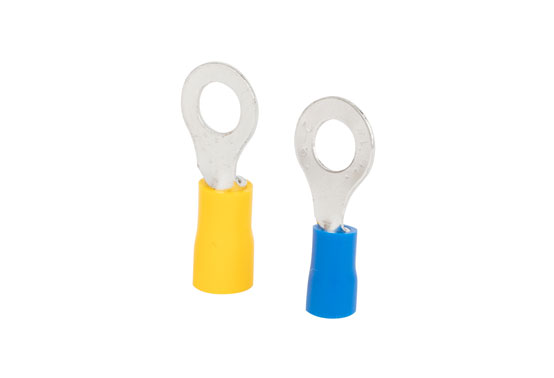Tel
0577-62795555
Tel
0577-62795555
In daily life, we often encounter many problems that can not be summarized in scattered items, and it often takes more time to sort and classify. In the process of production and commodity transportation, such problems will also cause many companies to reduce their work efficiency. The stainless steel cable tie is a product designed for bundling various scattered products.
Commonly used stainless steel plates are divided into three types: 201, 304 and 316, which are actually different in composition.
The 201 series of stainless steel cable wire has the characteristics of acid and alkali resistance, high density, no bubbles, no pinholes, etc., but it is a low-nickel stainless steel, and its rust resistance is relatively poor. It is generally used for products that are exposed to relatively dry environments. The price is also relatively cheap.
304 series of stainless steel cable ties have good corrosion resistance, high strength, long life, and good color and surface gloss, so they are most widely used as stainless heat-resistant steel. Stainless steel cable tie is suitable for food equipment, general chemical equipment, especially decoration industry such as stainless steel fence.
The alloying of 316 series stainless steel narrow band with Mo significantly improves the acid resistance and chloride pitting corrosion resistance of the steel. It is used in equipment, containers, pipelines and other parts of the petroleum, chemical, fertilizer and other industries.
Steel wire cable ties are often used in some common projects for binding and fixing. So how to produce stainless steel cable ties? Let HONT take us to understand the production process of stainless steel cable ties.
Stainless steel cable tie forging method
Use a swaging machine to squeeze the end or part of the tube to reduce the outer diameter. Rotary, connecting rod and roller are all commonly used die forging machines.
Stainless steel cable tie roller method
Put the core into the tube of the stainless steel tube. Press the roller to the outside for round edge processing.
Stainless steel cable tie stamping method
Use a punch with a tapered core to expand the tube end to the desired size and shape.
Bending forming method of stainless steel cable tie
Several methods are usually used. One is the stretching method, and the other is the extrusion method.
Rolling stainless steel cable tie method
Usually, the mandrel is not used, and it is suitable for the inner round edge of thick-walled pipe.
Roller stainless steel cable tie expansion method
Put the rubber into the tube and compress the upper part with a punch to protrude the molded tube. Another method is hydroforming, filling the middle of the tube with liquid. The tube is bulged into the desired shape under the pressure of the liquid, and most of the production of bellows uses this method.



